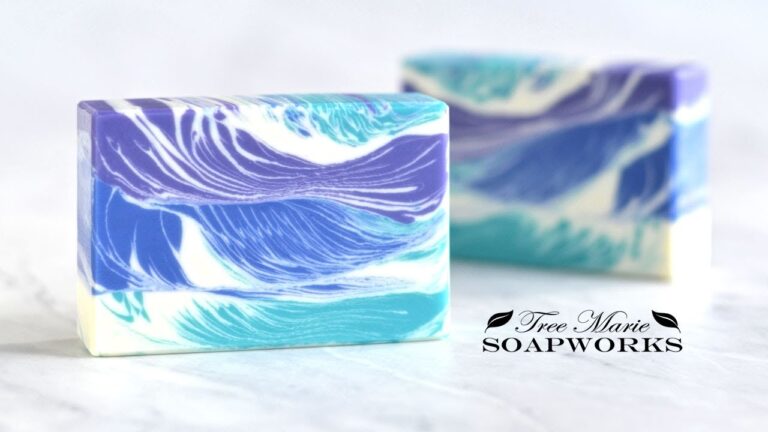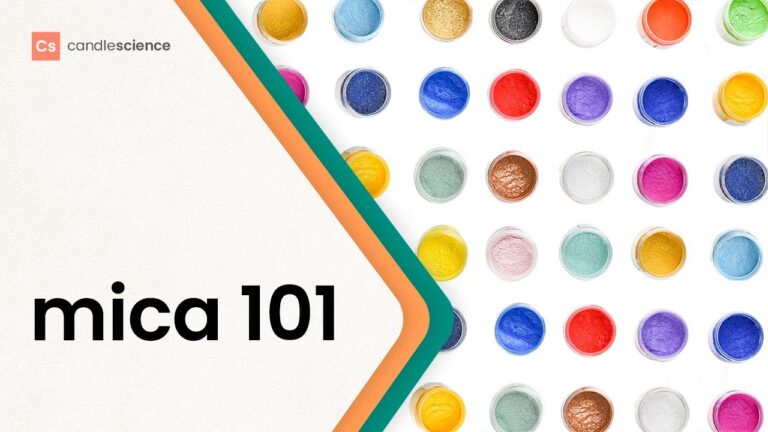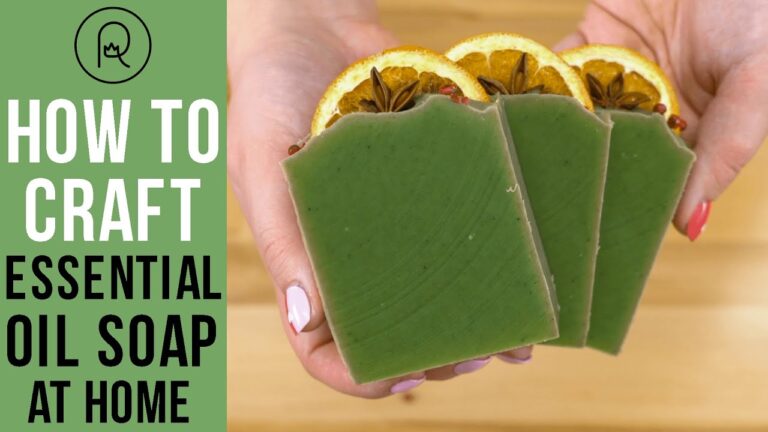Looking to elevate your soap making skills? In this article, we will explore various advanced techniques to help you create beautiful and unique handmade soaps. From intricate swirl designs to using natural additives, we’ll cover everything you need to know to take your soap making to the next level. Whether you’re a seasoned crafter or just starting out, these techniques are sure to inspire and enhance your creations. Let’s dive in and unleash your creativity in the world of soap making!
- Cold process soap making involves mixing lye with oils and allowing the mixture to cure for several weeks, resulting in a hard bar of soap.
- Melt and pour soap making involves melting pre-made soap base, adding fragrance or color, and pouring the mixture into molds to harden.
What are the 4 methods of making soap?
Discover the art of soap making with these four versatile methods – cold process, melt and pour, hot process, and rebatch. Each technique offers a unique approach to creating luxurious and nourishing soap, allowing you to experiment and find the perfect method that suits your preferences and needs. Dive into the world of soap making and unleash your creativity with these diverse and exciting methods.
What are the techniques for washing with soap?
There are three soaking methods you can use to prepare beans: the Hot Soak Method, the Traditional Soak Method, and the Quick Soak Method. The Hot Soak Method is the preferred technique as it reduces cooking time and the production of gas-producing compounds, resulting in consistently tender beans.
The Hot Soak Method involves soaking beans in hot water for a few hours before cooking. This helps to soften the beans and reduce cooking time significantly. By using this method, you can ensure that your beans are cooked through evenly and have a better texture than if you were to skip the soaking step.
Alternatively, you can opt for the Traditional Soak Method, which requires soaking beans in cold water overnight. While this method takes longer, it can also help to break down some of the indigestible sugars in the beans, making them easier to digest. Whichever method you choose, soaking beans before cooking is a crucial step in ensuring that they are cooked to perfection.
What are the three main ingredients in making soap?
When it comes to soap making, the essential trio of ingredients includes oil, water, and lye. These three components undergo a chemical transformation to create the soap. In addition to these fundamental ingredients, other elements may be added for various benefits, or to enhance the soap’s appearance and aroma.
Streamline Your Soap Making Process with Expert Tips
Are you looking to streamline your soap making process and create high-quality products efficiently? Look no further! With expert tips and tricks, you can optimize your workflow and produce stunning soaps with ease. From ingredient selection to packaging, we’ve got you covered every step of the way.
Discover the secrets to successful soap making and take your creations to the next level. With our expert guidance, you’ll be able to save time and resources while achieving professional results. Streamline your soap making process today and elevate your craft to new heights.
Maximize Productivity: Advanced Soap Making Methods
Are you ready to take your soap making skills to the next level? With advanced soap making methods, you can maximize your productivity and create high-quality products efficiently. By incorporating innovative techniques and ingredients, you can streamline your process and produce a greater quantity of soap in less time.
One key method to boost productivity is mastering the art of cold process soap making. This technique allows you to create soap from scratch using lye, oils, and water. By understanding the chemical reactions that occur during the soap making process, you can customize your recipes to create unique and luxurious products. With practice and precision, you can perfect your cold process soap making skills and increase your output.
In addition to cold process soap making, exploring the world of melt and pour soap making can also enhance your productivity. This method involves melting pre-made soap bases and adding your own ingredients and scents to create custom soaps. With melt and pour soap making, you can quickly produce a variety of soaps without the need for curing time. By experimenting with different molds and designs, you can create visually stunning soaps that are sure to impress. Take your soap making to the next level with advanced methods and watch your productivity soar.
Achieve Professional Results: Mastering Soap Making Efficiency
Are you ready to take your soap making to the next level? With our expert tips and techniques, you can achieve professional results while mastering soap making efficiency. From choosing the right ingredients to perfecting your pouring and molding techniques, we’ll help you streamline your process and create high-quality soaps every time. Say goodbye to trial and error and hello to consistent, professional results with our guidance.
Mastering the art of soap making techniques opens up a world of creativity and personalization. Whether you’re a beginner looking to dip your toes in the sudsy waters or a seasoned pro eager to experiment with new designs, there’s something for everyone in the world of soap making. So roll up your sleeves, grab your molds and fragrances, and let your imagination run wild as you embark on this rewarding and fulfilling journey of crafting your own handmade soaps.



